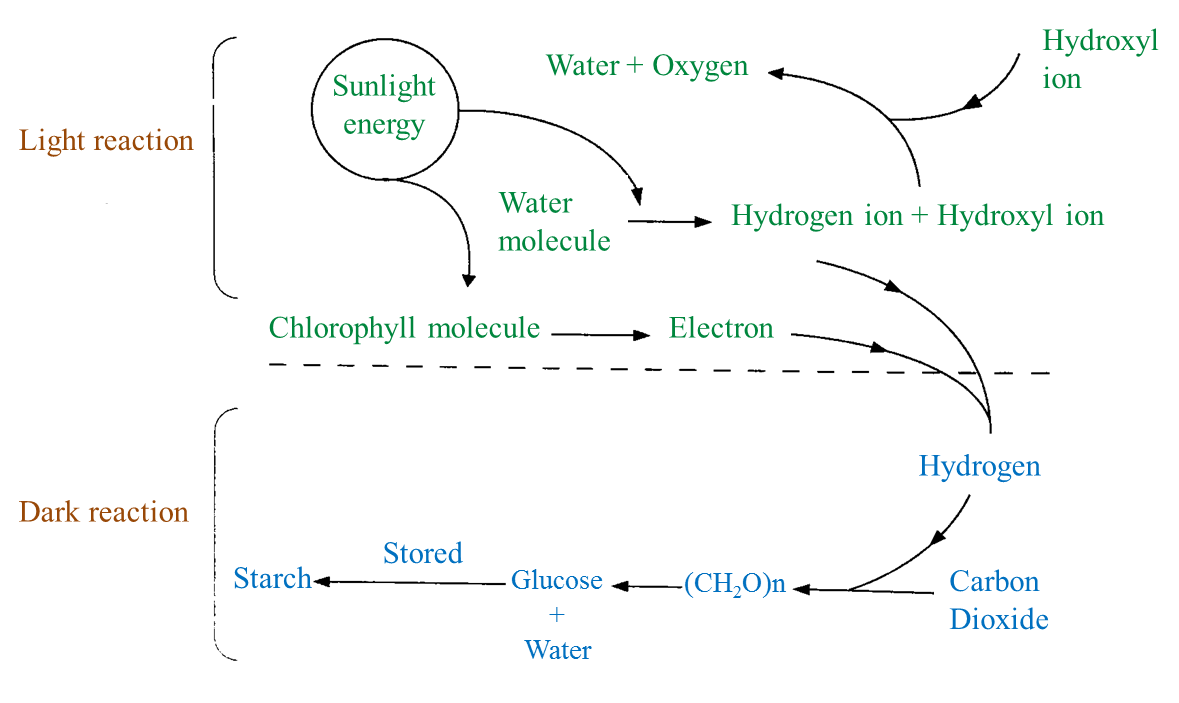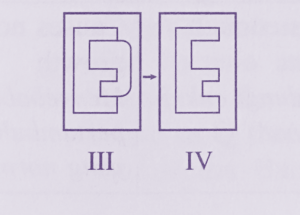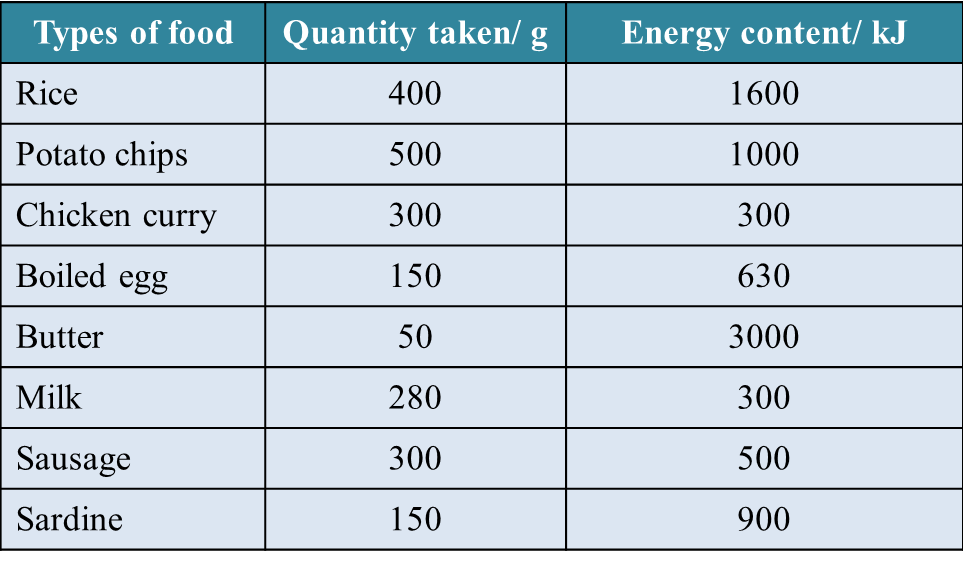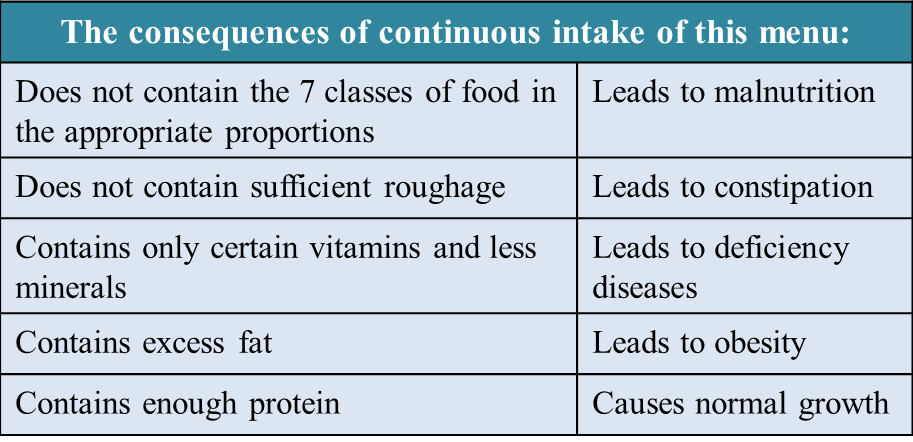[adinserter block="3"]
Question 1:
Green plants synthesize their food through the process of photosynthesis. The chemical process of photosynthesis can be summarized as in the schematic diagram below.

[adinserter block="3"]
(a) State the meaning of photosynthesis based on the schematic diagram. [2 marks]
(b) Starting with water and carbon dioxide as the raw materials, describe how a green plant produces starch molecules. [8 marks]
(c) It is found that the process of photosynthesis contributes to the balance of nature.
Explain how air pollution may have an effect on photosynthesis and the balance of nature. [10 marks]
[adinserter block="3"]
Answer:
(a)
A process whereby a green plant produces glucose from carbon dioxide and water in the presence of chlorophyll and sunlight.
(b)
(c)
Green plants synthesize their food through the process of photosynthesis. The chemical process of photosynthesis can be summarized as in the schematic diagram below.

[adinserter block="3"]
(a) State the meaning of photosynthesis based on the schematic diagram. [2 marks]
(b) Starting with water and carbon dioxide as the raw materials, describe how a green plant produces starch molecules. [8 marks]
(c) It is found that the process of photosynthesis contributes to the balance of nature.
Explain how air pollution may have an effect on photosynthesis and the balance of nature. [10 marks]
[adinserter block="3"]
Answer:
(a)
A process whereby a green plant produces glucose from carbon dioxide and water in the presence of chlorophyll and sunlight.
(b)
- Chlorophyll absorbs light energy to produce ATP/ electrons.
- Photolysis of water produces hydrogen ions and hydroxyl ions.
- The H+ ions combine with electrons to form hydrogen
- The hydrogen/ ATP will be used in the dark reaction
- It occurs in the grana
- Takes place in the absence of light
- Carbon dioxide combines with hydrogen to form glucose and water
- Glucose undergoes condensation and is converted to starch for storage
- It occurs in a series of chemical reactions which require ATP
- The reaction occurs in the stroma
(c)
- The importance of photosynthesis for the balance of nature:
- Absorbs carbon dioxide from the atmosphere
- Replaces oxygen in the atmosphere
- Maintains the percentage of oxygen in the atmosphere
- The sources of pollution are motor vehicles and urbanization which will liberate heavy smoke and increase the amount of particles in the air.
- The particles accumulate on the leaf surfaces. They cover the stomata and reduce the intensity of the light that reaches the leaves.
- As a result, the rate of photosynthesis decreases. Less carbon dioxide is reabsorbed from the atmosphere and less oxygen is released. It also promote the greenhouse effect and global warming.





